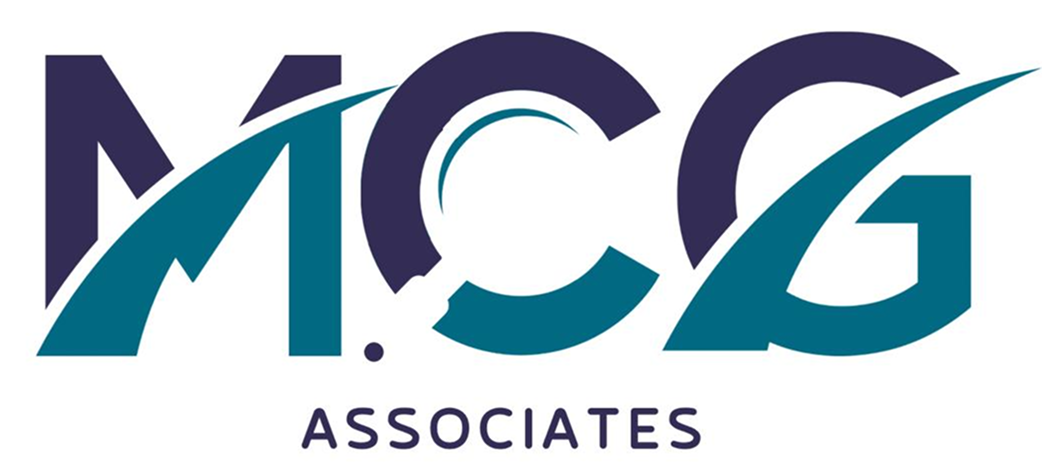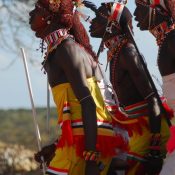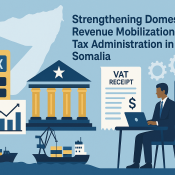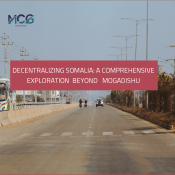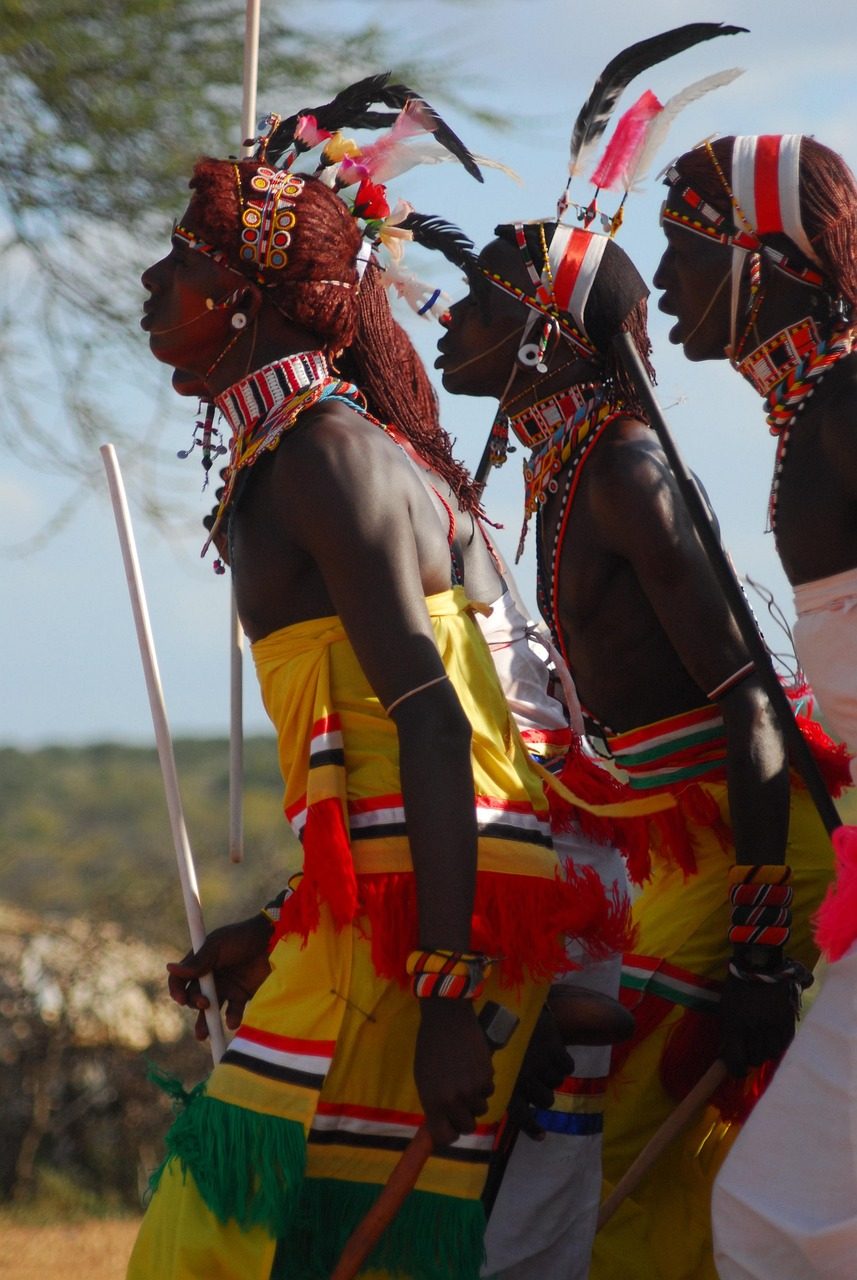
Cross-border trade between Somalia and Kenya is a lifeline for communities.
Cross-border trade between Somalia and Kenya is a lifeline for communities in Mandera–Beled-Hawo, Liboi–Dhobley, and Kiunga–Ras Kamboni. Despite security challenges and intermittent border closures, the region sees steady flows of livestock, foodstuffs, consumer goods, fuel, and services—largely driven by informal networks and mobile money.
Somalia’s accession to the East African Community (EAC) in 2024 opens new opportunities for tariff harmonization, customs cooperation, and the development of One-Stop Border Posts (OSBPs). However, key constraints remain, including fragmented border management, compliance gaps, and periodic insecurity.
Key findings:
- Livestock and consumer goods dominate trade flows, with seasonal variations tied to markets and rangeland conditions.
- Mobile money and informal governance structures sustain commerce where formal systems are weak.
- Recent easing of border restrictions has boosted volumes, notably in Kenya’s miraa exports to Somalia.
Opportunities for growth:
- Strengthen bilateral coordination on security, customs, and SPS (sanitary and phytosanitary) measures.
- Formalize select trader segments through simplified regimes to widen the tax base without harming livelihoods.
- Invest in modular OSBP infrastructure and digital payment interoperability.
With targeted policy alignment, infrastructure investment, and enhanced security cooperation, the Somalia–Kenya border region could transition from a high-risk, informal trade zone into a structured economic corridor benefiting both countries.
